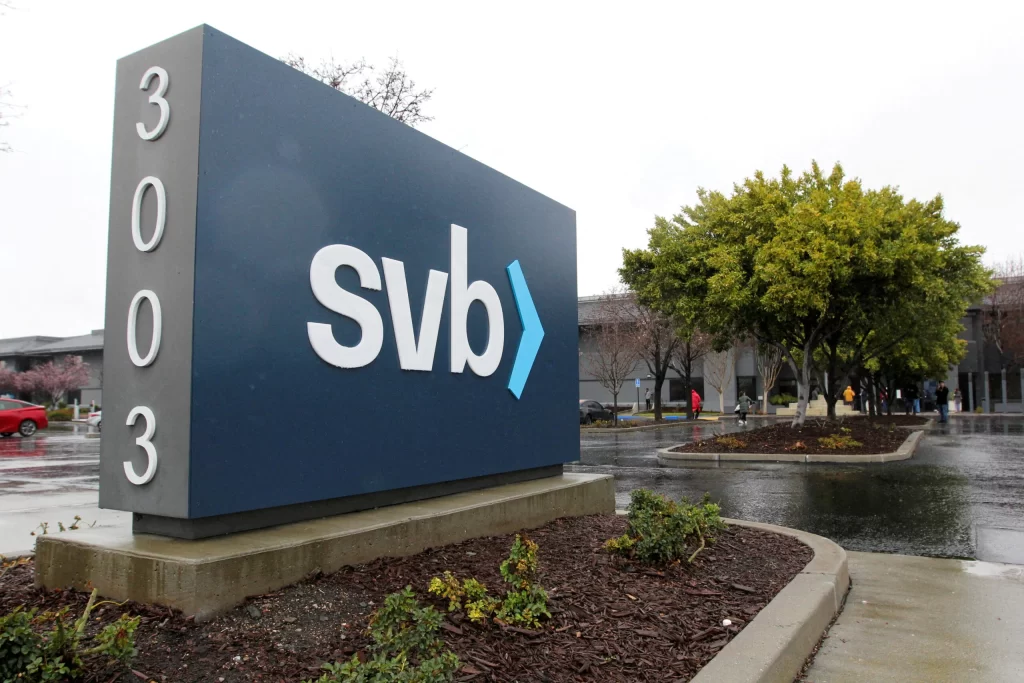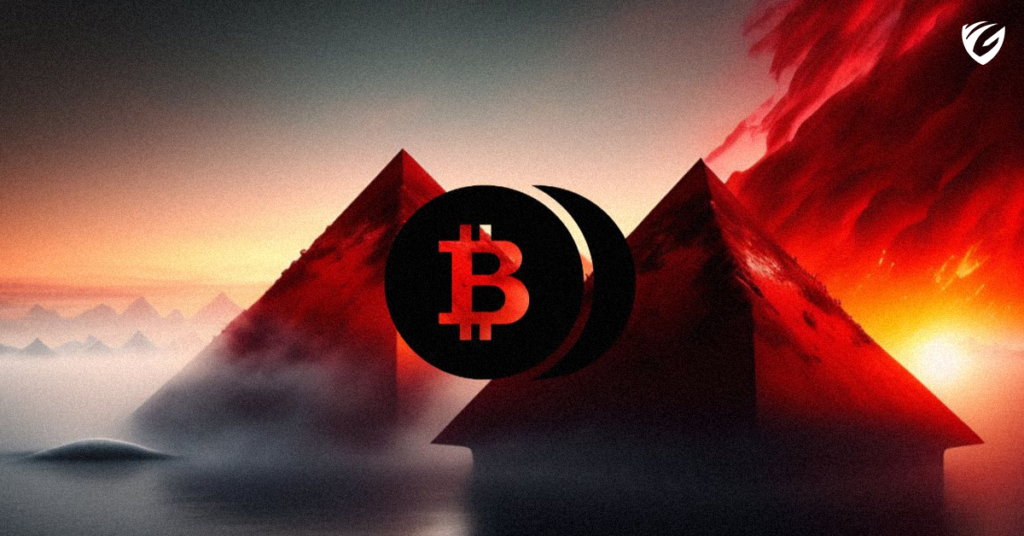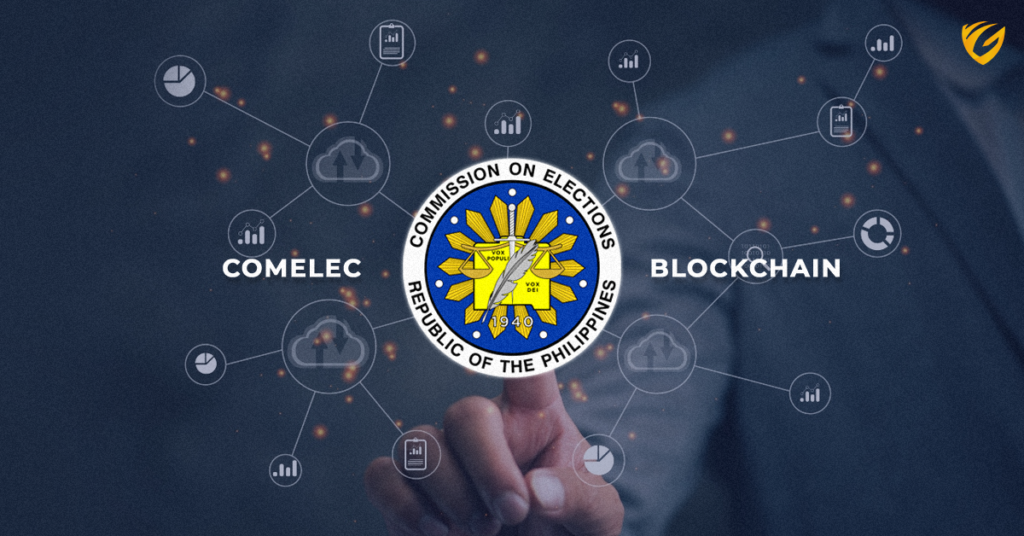Crypto Terms You Should Know
Cryptocurrency is confusing enough without having to figure out all the terminology—especially since new terms and abbreviations are being created all the time. However, if you want to get into crypto investing or trading, you’ll need to be familiar with some terms and phrases that will help beginners better understand the world of crypto investing.
Here are a few things you should know before getting started:
Altcoin
Altcoins are a new breed of cryptocurrency that differ from Bitcoin in many ways, such as how they derive their value and how they function. Altcoins are sometimes referred to as alternative coins because they generally offer many of the same features as Bitcoin, but operate in a different manner than Bitcoin does. There are now around 1,800 different altcoins on the market, including the second-largest crypto, Ethereum.
Bitcoin
Bitcoin is one of the most important inventions since the internet itself! Bitcoin is the world’s first cryptocurrency, created in 2009 by an unknown person using the alias Satoshi Nakamoto and released as open-source software in 2009. Bitcoins are digital tokens that can be exchanged between people over the internet without the need for intermediaries like banks or credit card companies. Bitcoins are stored in a digital wallet, which is connected to a public address that is used to send bitcoins to other users.
Blockchain
Blockchain is the technology behind cryptocurrencies like Bitcoin and Ethereum. The term refers to a continuously growing list of records (blocks) that are linked using cryptography. Each block typically contains a cryptographic hash of the previous block, timestamp, and transaction data (such as sending some cryptocurrency to another address). Blockchains are designed to be distributed and decentralized: many copies of a blockchain exist on many computers around the world and new blocks can be created by any individual computer in the blockchain network without requiring permission from any other party.
Burning
Burning is the process of destroying coins so they cannot be reused or resold. Many cryptocurrencies have a fixed supply of coins available, and many people worry that investors will hoard coins until their price goes up and then dump them on the market all at once, driving the price down. This effect can be mitigated by burning coins on a regular basis so that there’s no excess supply to accumulate or sell off all at once. Burning coins can reduce the overall supply of cryptocurrencies in the market and increase demand, which can result in higher market values.
DApps
Decentralized applications (DApps) are programs or applications that run on a blockchain network. They are an alternative to traditional apps or software that are hosted on a centralized computer server. DApps allow for peer-to-peer transactions and decentralized data storage and computing. DApps can also have rules or contracts written into their code that automatically execute transactions or release funds when they are met. This makes them more reliable and secure than apps that run on a centralized server.
DAO
A decentralized autonomous organization (DAO) is a decentralized organization that operates via the autonomous execution of smart contracts. These are applications that run on a blockchain and use smart contracts to govern themselves without any need for human intervention or governance (hence the name). A DAO is usually funded through a crowdfunding campaign or a pre-mine of cryptocurrency, but can also generate income from fees or transaction fees for using its blockchain applications or services.
Decentralized Finance (DeFi)
Decentralized finance (“DeFi”) is an emerging set of technologies that enable peer-to-peer lending, borrowing, and exchanging of value without intermediaries like banks or credit bureaus. DeFi protocols work on top of existing blockchains (i.e. Ethereum) and leverage the decentralized nature of blockchain networks to make peer-to-peer lending and borrowing possible. DeFi offers several advantages over centralized financial products like bank accounts and credit cards. For example, DeFi products are more secure and censorship-resistant; they’re also cheaper and more fair to use because there are no hidden fees or high fees associated with using them. Decentralized finance products are also highly customizable and can be used for a wide variety of purposes.
Fork
A fork happens when a blockchain diverges into two potential paths forward. A fork can also occur when a new cryptocurrency is created based on another cryptocurrency’s blockchain and protocol (a “fork off”).
FUD
FUD stands for Fear, Uncertainty and Doubt and refers to the negative sentiment or misinformation spread within the crypto community by certain groups or individual members that damage the crypto industry as a whole. While FUD can be spread by malicious actors with bad intentions, it’s usually caused by misinformation caused by a lack of education and understanding of the industry as well as greed and speculation by investors.
Gas
Gas is a fee you pay to your miner for executing the smart contract on your Ethereum network. Gas fees are paid in ETH and are based on the size of the transaction and the gas price you set when executing your smart contract. The gas price is a self-adjusting mechanism which changes depending on the network demand and changes in the ETH/USD price.
Hash
A hash is a unique string of numbers & letters that identify blocks and are tied to crypto buyers & sellers.
HODL
HODL stands for “Hold On for Dear Life.” In the crypto world, people often use it to promote holding certain cryptocurrencies for the long term. For example, “HODLing” Bitcoin means holding it for the long term and hoping for a big price rise in the future. In crypto trading circles it’s become a popular saying because so many people are holding onto their coins hoping the price will skyrocket in the future.
Initial Coin Offering (ICO)
Initial Coin Offering or ICO is a fundraising means used by startups to launch their crypto-based projects by selling crypto tokens in exchange for cryptocurrencies or fiat money. This is a new phenomenon in the cryptocurrency world that has gained a lot of steam lately as startups like Tezos and Bancor have raised tens of millions of dollars with ICO campaigns.
Market Capitalization
Market capitalization is the total value of a cryptocurrency at current market prices. It is calculated by multiplying the current price of a coin by the number of coins in circulation. For example, Bitcoin’s market capitalization is currently $90 billion. This means that the total value of all Bitcoin coins in circulation is $90 billion at current market prices. This figure can change rapidly, as the price of Bitcoin and other coins rise and fall based on supply and demand.
Mint
To “mint” means validating information, creating a new block and recording that information into the blockchain.The process requires a significant amount of energy and time, thus blockchains charge a transaction fee when minting in their network.
NFTs
Non-Fungible Tokens (NFTs) are cryptocurrency tokens whose existence is non-fungible in that they are each unique. Unlike Bitcoin or Ethereum, every NFT has unique characteristics that can be used to distinguish between tokens that are otherwise identical. These unique characteristics can include name, color or symbol and are immutable once the tokens are created. NFTs have various applications including in-game assets for video games and cryptocollectibles.
Smart contract
Smart contracts are computer programs that automatically execute the terms of a contract or transaction when certain conditions are met. They are written in code and verified on the blockchain by miners who confirm transactions and add them to the blockchain ledger. Smart contracts are secure and immutable since they aren’t controlled by a central authority like a bank or government. This makes them an appealing alternative to more traditional contractual arrangements like paper contracts, wills, and escrow agreements.
Stablecoins
Stablecoins are cryptocurrencies whose value doesn’t fluctuate dramatically like Bitcoin or Ether do. However, stablecoins aren’t designed to be a digital currency; instead they’re meant to serve as a medium of exchange for goods and services. For example, a stablecoin might be used to pay for groceries or coffee if the cashier accepts it as a payment method. Unlike Bitcoin and altcoins, a stablecoin’s value doesn’t fluctuate wildly; instead it generally maintains a stable value over time.
Token
A token is a digital representation of an asset or utility on the blockchain. For example, you could issue a token to represent shares of stock, or to represent loyalty points or loyalty points that can be redeemed for products, or to represent a voting right in some decentralized system.



